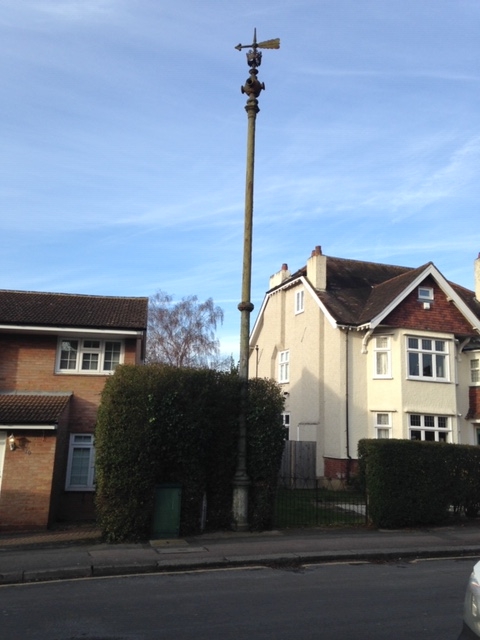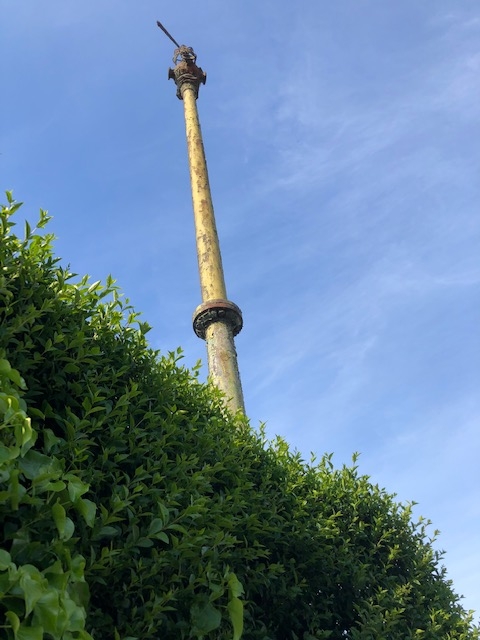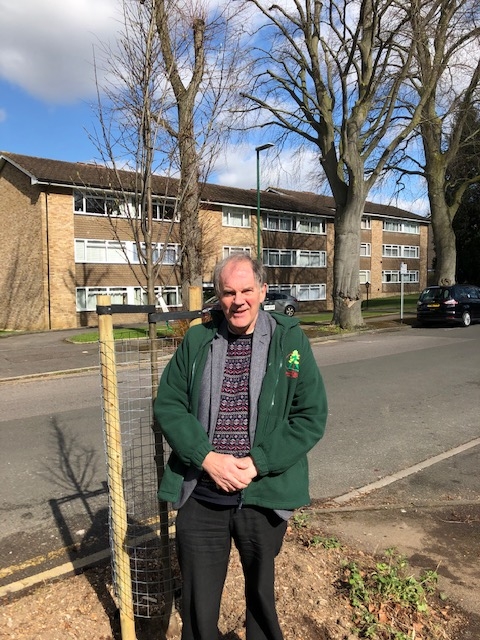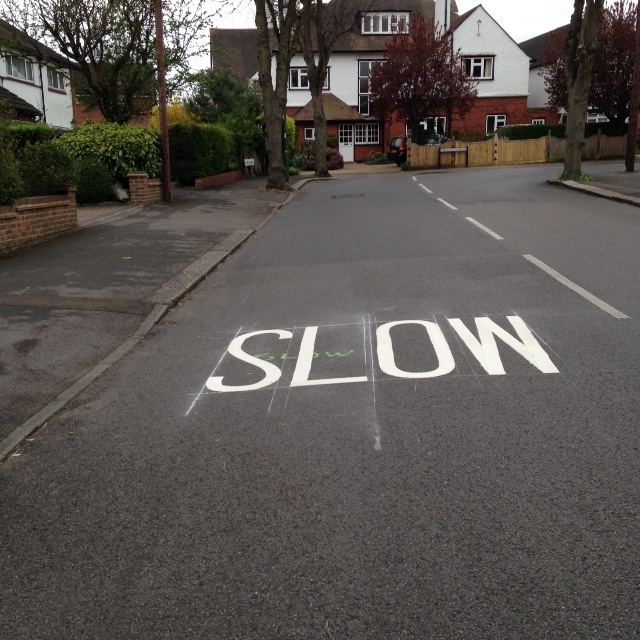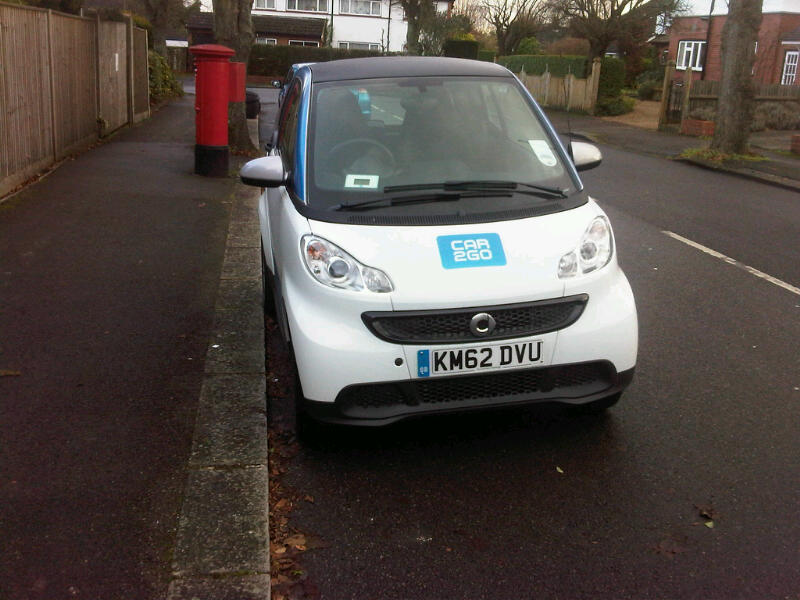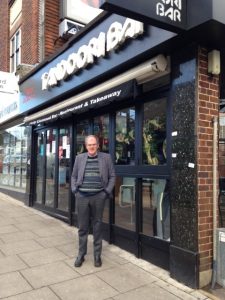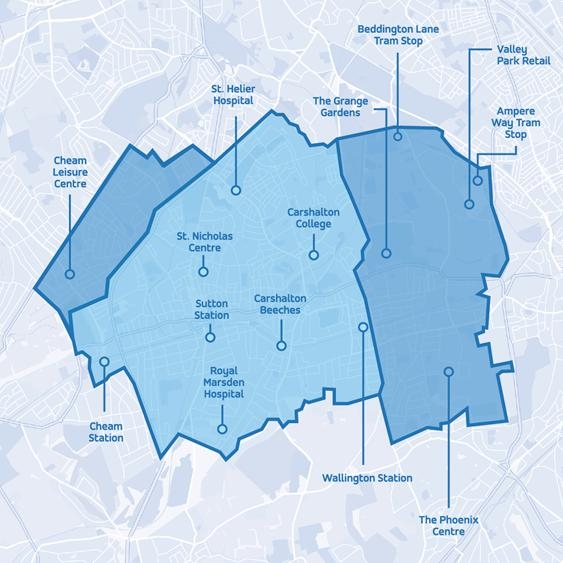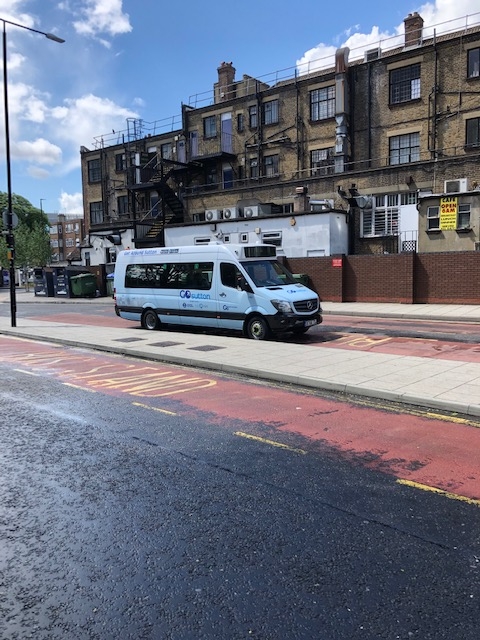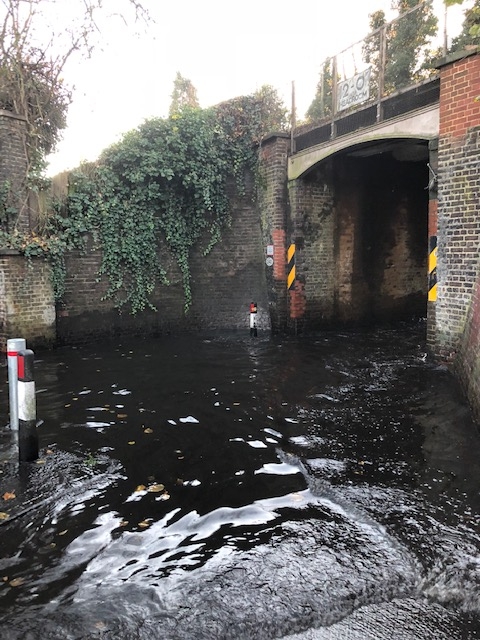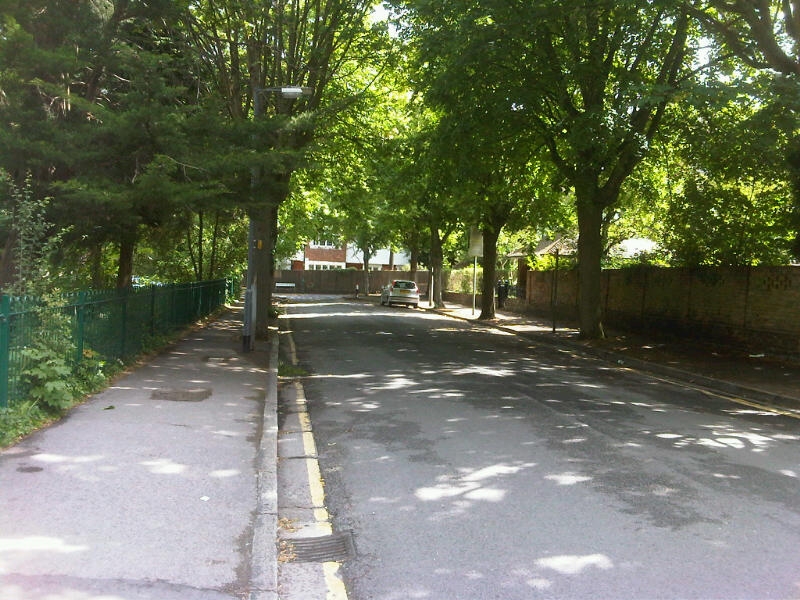
The Local Government Boundary Commission for England has been reviewing the boundaries of the local Government Wards in Sutton prior to the next local elections in 2022.
They published draft proposals last year and have now published final decisions. You can view these on their website.
Their final decisions leave the Ward much as it was, with the addition of a part of Mulgrave Road. The new structure they outline will be the structure of Wards at the next Council elections in 2022. The new Ward will be one of the largest Wards in the borough.
Currently the Ward runs from Sutton station in the north to Devonshire Road in the south, and Banstead Road South in the east to Overton Road in the west. It is mostly a Ward of residential roads with three schools (Devonshire Avenue primary, Overton Grange, Eagle House school), one small park (the Devonshire Avenue Nature Area), three places of worship (Christchurch, the Friends’ Meeting House, the synagogue in Cedar Road), split into three parts by Langley Park Road and Brighton Road running north-south.
The draft proposals published earlier this year removed from the Ward roads east of Upland Road – Kaymoor, Willis, Prior, Downside, Farm Close – and put them into Carshalton Beeches Ward. There were minor adjustments at the western end so the whole Ward moved westwards.
In drawing up new boundaries, the Commission is required to aim to deliver electoral equality for voters in Council elections so that each Councillor represents roughly the same number of voters. The review also aimed to ensure that the new Council wards reflect, as far as possible, the interests and identities of communities across Sutton.
The final proposals leave the Ward much as it was, with the addition of a small part of Mulgrave Road. The new Ward will be one of the largest Wards in the borough.
After a debate on 14 October Sutton Council submitted some proposals. Richard spoke in this debate, commenting in particular on the proposals fro Sutton South Ward. He said:
“I recognise that there is always a tension between drawing lines on maps that create sensible geographical structures in terms of communities and natural boundaries and getting the numbers right in terms of residents per Councillor. I would like to stress that where these create tensions I think it important to give priority to getting the boundaries right, creating areas that residents recognise as communities, in particular respecting natural boundaries such as main roads and railway lines, and keeping recognised communities together, and this should be the priority even if it does lead to some unevenness in Ward sizes. In any exercise like this there will inevitably be some disparity in the size of Wards with some outliers.”

